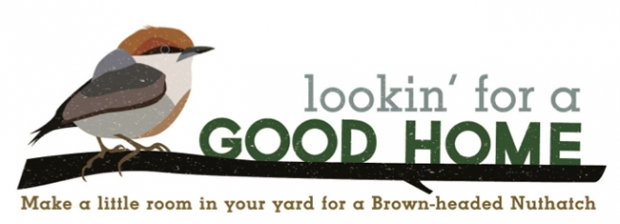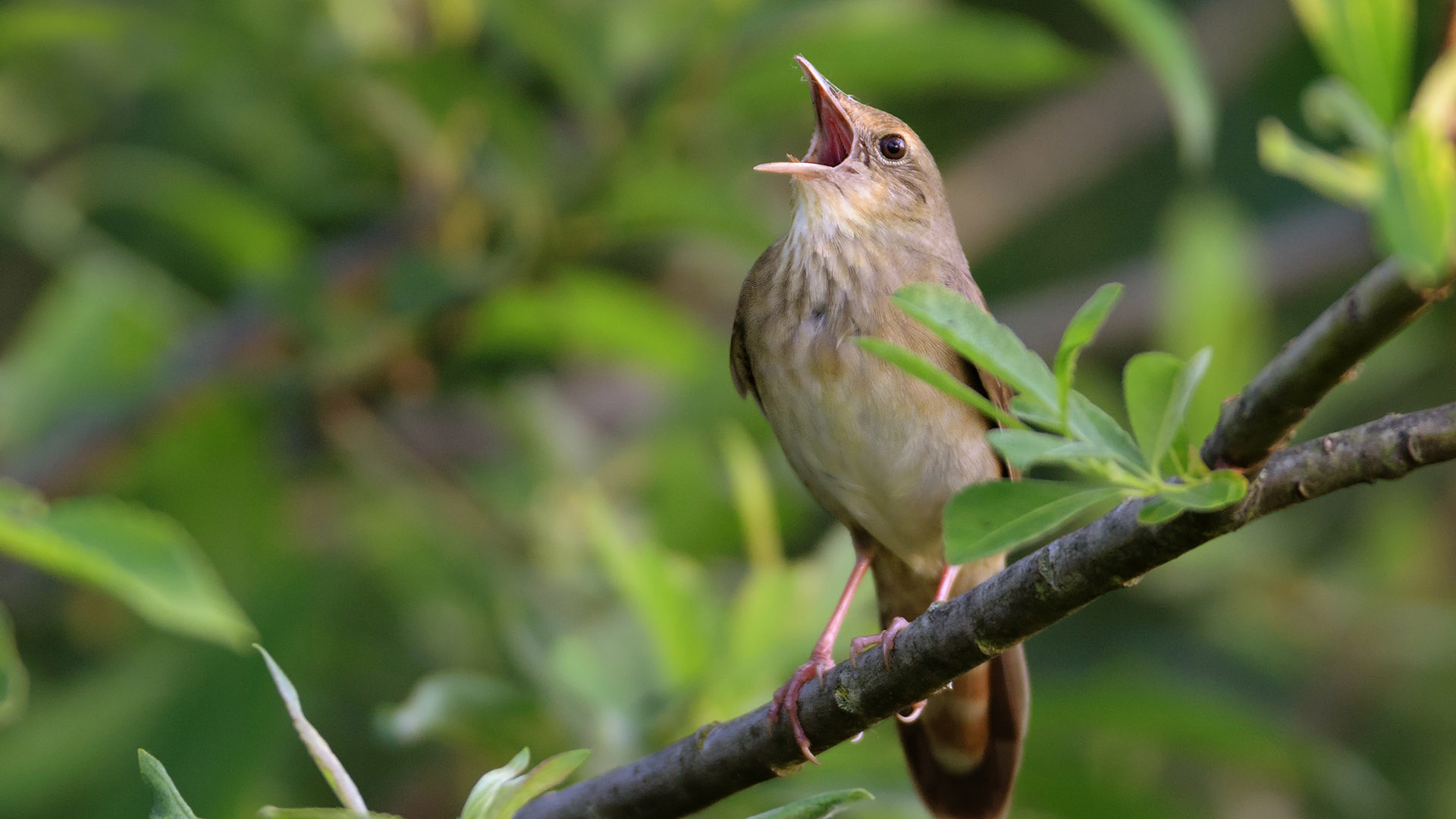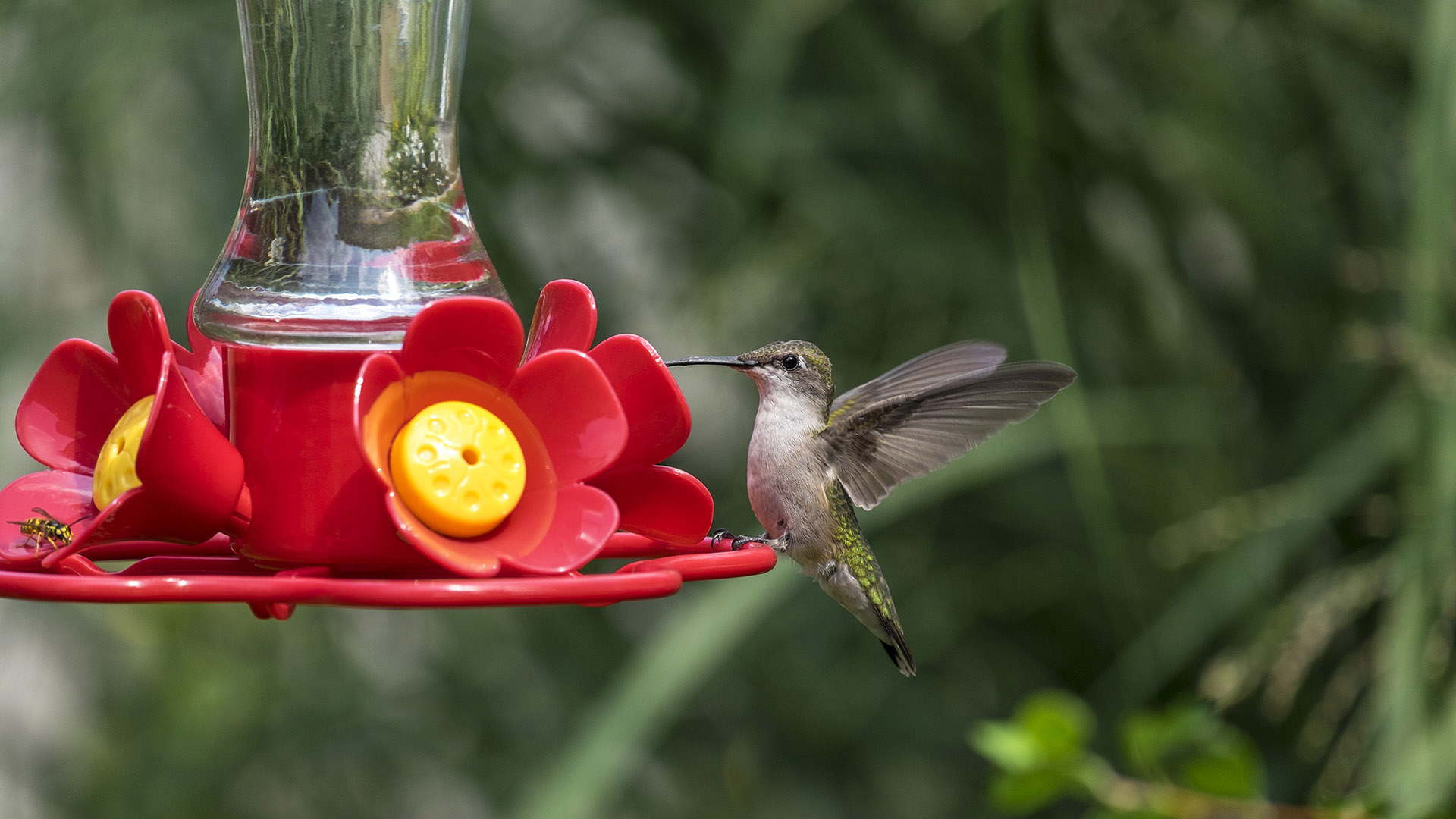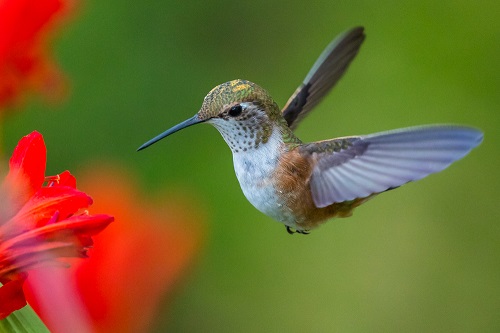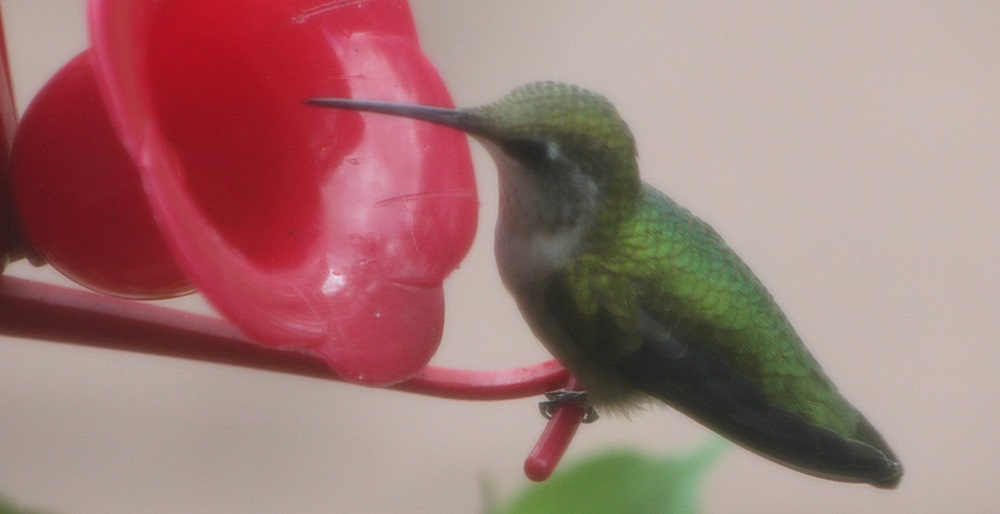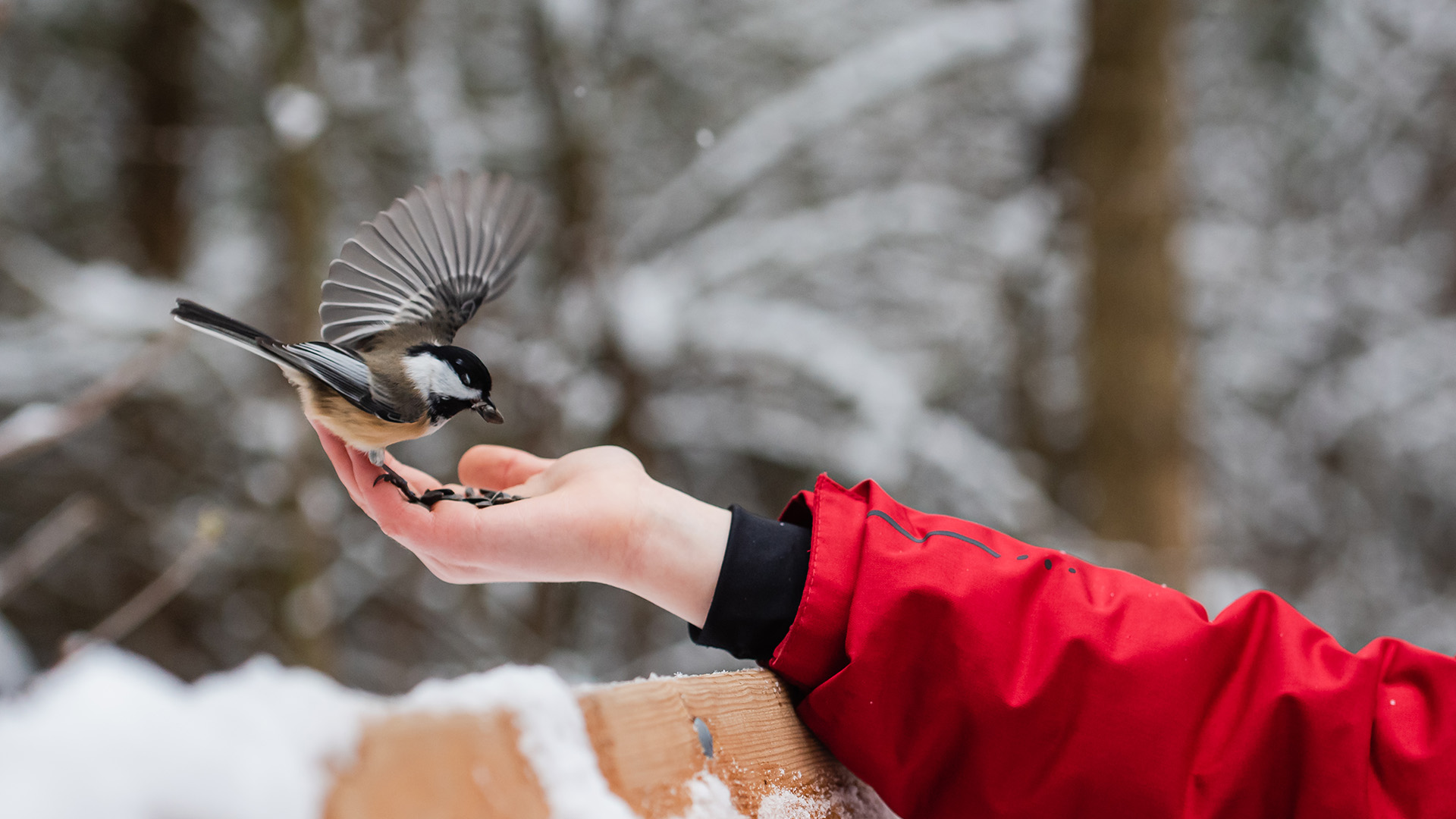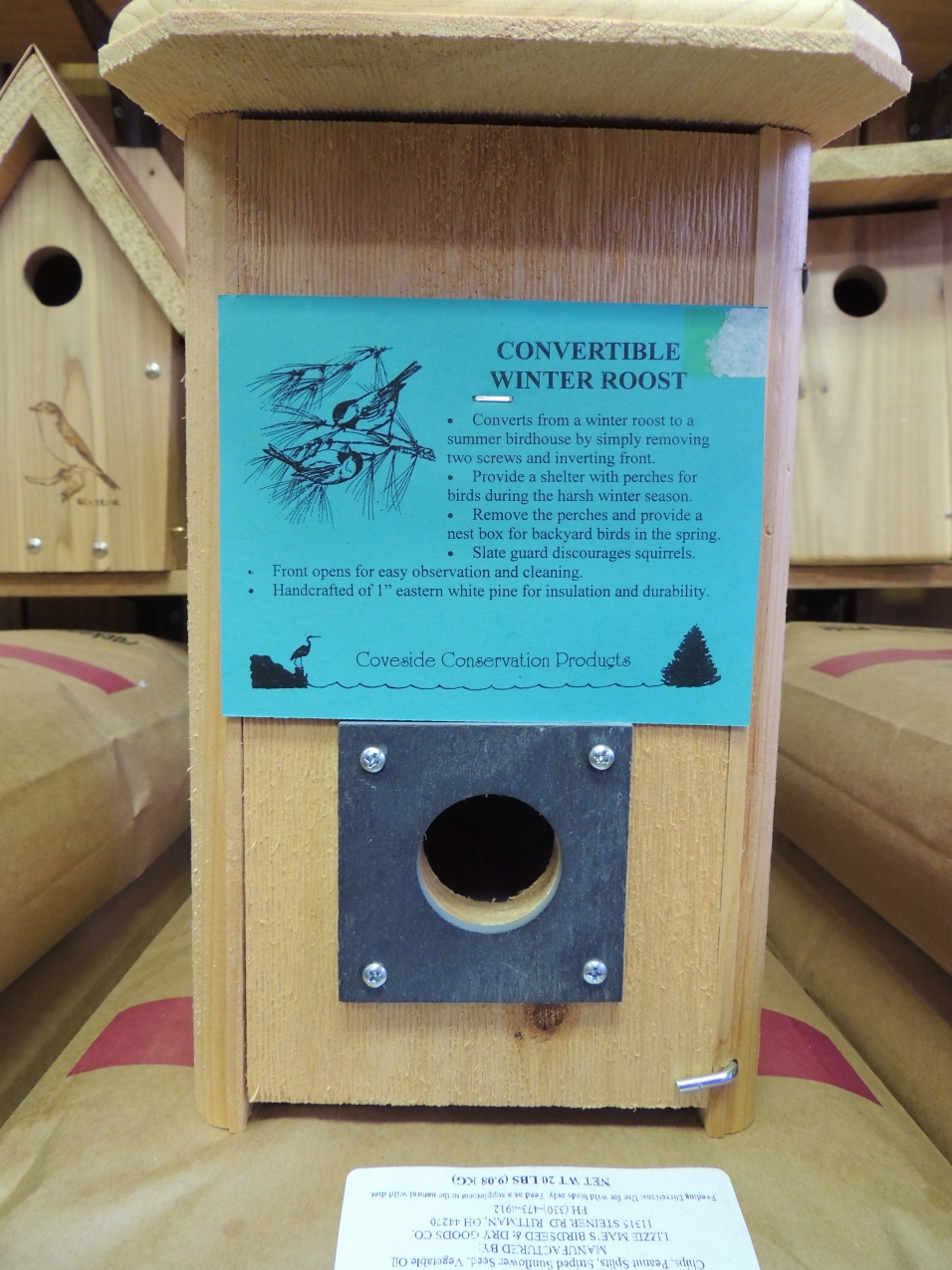The Brown-headed Nuthatch, a southern bird born and bred, needs your help to find a good home. They’re losing their pristine pine homes due to urbanization and deforestation. These darlin’, squeaky birds need more nest boxes today so we can enjoy them for generations to come.
These Birds Need Your Help
Brown-headed Nuthatches are losing ground as North Carolina loses its pine forests. Placing nest boxes in your backyard will provide these cuties with a home year round – and that’s just good old southern hospitality!
A Place to Call Home
Boxes designed for bluebirds will work for Brown-headed Nuthatches—they just need a smaller hole, only 1” or 1 1/8” in diameter. Bluebirds and Nuthatches make fine neighbors so you can put houses for each at least 30’ apart.
Timing is Everything
Nuthatches begin building nests as early as December and usually lay 5-7 white speckled with brown eggs once a year from March through early May. Babies leave the nest by early June. But these little birds also roost in boxes all winter so putting up boxes any time helps our squeaky friends.
Attracting Nuthatches to Your Yard
There are two easy ways to provide a cozy little home for the nuthatch:
- Any nest box design approved by the North American Bluebird Society will work very well for Brown-headed Nuthatches but it is important to make the opening smaller –ideally 1″ or 1-1/8″ diameter. You can purchase a metal excluder ($2.95) from Backyard Birds that you can attach over the 1 ½” hole on a standard bluebird box to make it ready for nuthatches.
- Or you can purchase a made-for-nuthatches nest box prices ranging $24.95-$64.95.
To invite both bluebirds and nuthatches to your yard you can put both a bluebird box (1 ½” hole) and a nuthatch box (1″ or 1 1/8″ hole) no less than 30 feet apart. Nuthatches usually nest at least 100 yards from each other, but you can try to attract nuthatches and bluebirds to your yard by placing the boxes 30 yards apart.
Nuthatches prefer semi-open habitat, but they are quite willing to nest in wooded and open areas –as long as there are pine trees nearby. The ideal location for your next boxes is near the edge of woods and mounted on poles to prevent predators. Nest boxes mounted on trees are like an open invitation for raccoons and snakes looking for food.
How to Install Your Nest Boxes
- Face the opening of the box away from prevailing winds and in the direction of a distant tree if possible. The tree will become a landing point for young birds when they first leave the box; they’ll need a safe haven to avoid landing vulnerable on the ground.
- Mount the box on a sturdy pole between three and six feet off the ground; eye-level is usually fine and makes it easier to monitor the box. Avoid placing the box near shrubby areas where wrens may dominate. Do not install the box on a tree where black snakes can easily access it.
- Construct or install a predator guard over the entrance and also on the pole below the box, to discourage raccoons and snakes. There are several types of predator guards to choose from-conical, stovepipe, Noel, etc. (prices range ($31.95-$52.95).
- Since bluebirds are territorial, you will need to space bluebird boxes at least 300 feet away from each other and at least 30 feet away from Nuthatch boxes. When boxes are spaced too close together, bluebirds will divert energy defending territory that would be better spent on reproductive success.
Free Installation with Purchase If you need help installing your new nest box, feeder, pole and predator guard, let us know. Backyard Birds now offers free installation with your purchase.
About the Brown-headed Nuthatch
The Brown-headed Nuthatch is a small bird-just under 4″ long -and sounds just like a rubber ducky squeaky toy. A quintessential Southern bird, with a home range from Virginia to east Texas, the nuthatch lives in old-growth pine or just about anywhere it can get its most important food-pine seeds. Nuthatches live in family groups with their grown babies (mostly male birds) sticking around to help out with the next brood. These birds are also smart little whippersnappers –they use a piece of bark as a lever to pry up other bark to look for food. They also use bark as a pantry door to cover a seed cache.
Conservation Status
Audubon, Partners in Flight, and the NC Wildlife Resources Commission consider the Brown-headed Nuthatch a responsibility species for North Carolina. No big surprise, but humans had a hand in their decline of 2.2% a year from 1966 to 1996. More-recent data are encouraging –nuthatches increased 1% a year from 2001 to 2011 –and humans can help keep nuthatches headed in the right direction. We know that putting up nest boxes in backyards worked to conserve the Eastern Bluebird and we know that adding nest boxes is a solution that will help our nuthatch friends thrive!
Join the flock in conserving the Brown-headed Nuthatch
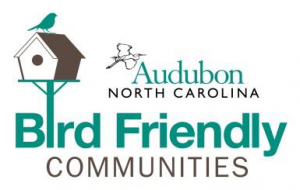 Sign up at nc.audubon.org/nuthatch. They’ll send you info and ideas for keeping your birds safe and thriving throughout the year.
Sign up at nc.audubon.org/nuthatch. They’ll send you info and ideas for keeping your birds safe and thriving throughout the year.
Together, with your help, 10,000 new Brown-headed Nuthatch homes will be put up in North Carolina by 2015. To keep track of how we are doing, we invite you to join in a few fun activities offered by the NC Audubon Society.
- Ask your questions by emailing us at nuthatch@audubon.org
- Upload photos to our Facebook page -facebook.com/audubonnc
- Share with us on Twitter -@audubonnc and hashtag #Home4Nuthatch
- Instagram a photo and use the hashtag #Home4Nuthatches
Join our Backyard Community
Backyard Birds e-newsletter is chock full of the latest Backyard Birds news, special offers, promotions, and in-store events happening right here as well as related events in our area. Join our Backyard Community and get connected today! It takes less than a minute of your time to fill out. Plus, as a way of saying thank you for subscribing, we’ll email you a $5 off coupon to use on your next $35 or more purchase.

